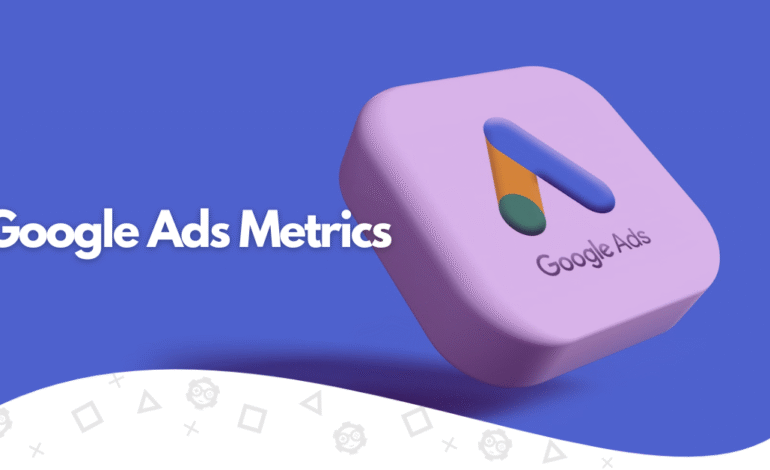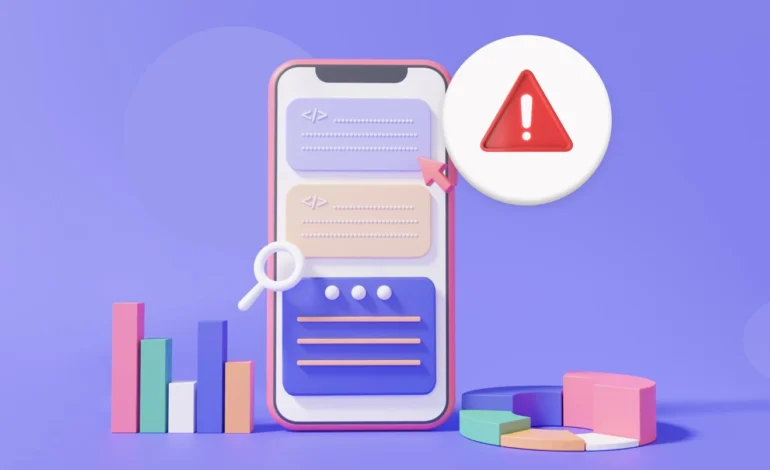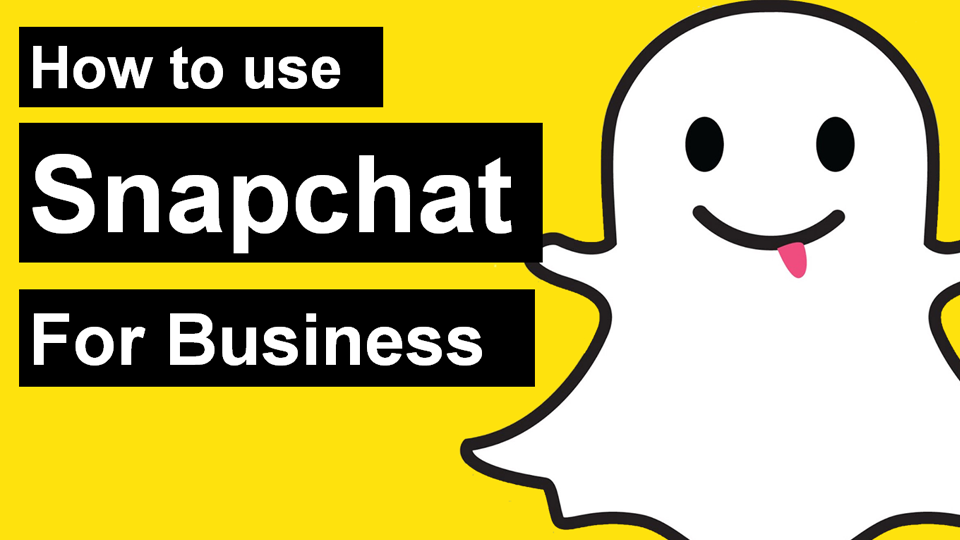Emotional marketing for your sales strategy

Emotional marketing is nothing new: in fact, Aristotle himself included the use of emotions as part of the basic strategies of persuasion. But we are increasingly learning about how our feelings work and how to incorporate them into sales strategies.
Emotional marketing can be the key factor in multiplying the results of your actions. Therefore, let’s see what it is, what its advantages are, and how to incorporate it into your sales strategy.
What is emotional marketing?
Emotional marketing is the set of actions, tools, and strategies launched by brands as part of their sales strategy to cultivate an effective bond with their actual and potential customers, so that they feel the brand is their own and want to be part of it.
Therefore, emotional marketing campaigns work to awaken feelings in the recipient, not to convince them with rational arguments. Its effectiveness is based on the fact that most of the time, purchasing decisions are made based on unconscious aspects, and not on a rational evaluation of the different products available.
Advantages of emotional marketing:
- Better brand image: the emotional marketing sales strategy associates positive values and emotions with the brand and its products.
- Better relationship with the customer: if the campaign truly touches the customer’s emotions, it will be connecting and strengthening the bonds with them, getting them to identify with the brand and be loyal to it in the long term.
- Encourage recommendation: the use of emotions manages to impact customers to a greater degree than rational arguments, so it favors recommendations.
- Increase satisfaction: Emotional campaigns provide added value in the form of positive associations, making the customer feel more satisfied or even proud of their purchase.
- Best brand souvenir. The appeal to emotions manages to leave a memorable imprint on our minds, so we are much more likely to remember the announcement later on.
4 basics to increase emotional marketing in your marketing strategy
Ready to jump on the emotional marketing bandwagon and include it in your marketing strategies? Take good note of these four basic pillars.
1) The affective bond between the brand and the consumer
The affective bond between the brand and the consumer is the very raison d’être of emotional marketing. It is important to know that it is a two-way relationship: the customer lives emotional experiences through the brand, but the brand is also enriched through its customers.
If the emotional marketing strategy has worked, the customer will also want to be part of the brand, have a voice to give their opinion, and be part of its products and services. Therefore, listening to them is essential.
2) Experiences, sensations, and emotions
They are the “bricks” on which the sales strategy of emotional marketing is based, creating a lasting relationship from small impacts.
In this day and age, we are totally saturated with content, both informative and entertaining, as well as promotional. That’s why making an impact is necessary to stand out.
The basic idea of emotional marketing is to make people live experiences with the brand’s products, services, or advertising. These experiences generate sensations and emotions, and in turn, these lead us to make decisions.
3) Content marketing
Content marketing is the platform where emotional marketing is sheltered. It is through our content that we manage to reach the emotional audience, generate an experience, and move them. In particular, video has great value in eliciting emotional responses.
To fully incorporate emotional marketing into our sales strategy, we have to take into account what emotions we want to provoke in the audience and what pieces and formats we are going to use to achieve this, always reinforcing brand values.
4) Lovemarks
Lovemarks are the Holy Grail of emotional marketing: those brands that make consumers lose their minds because of them. Some examples: Starbucks, Coca-Cola, Apple, Red Bull…
Lovemarks manage to cause reactions of authentic love among their fans, who fully identify with their values and make them part of their identity. But be careful: we must keep in mind that love does not always last forever, and another mark of competition may appear that steals their hearts and makes them move away from our side.










